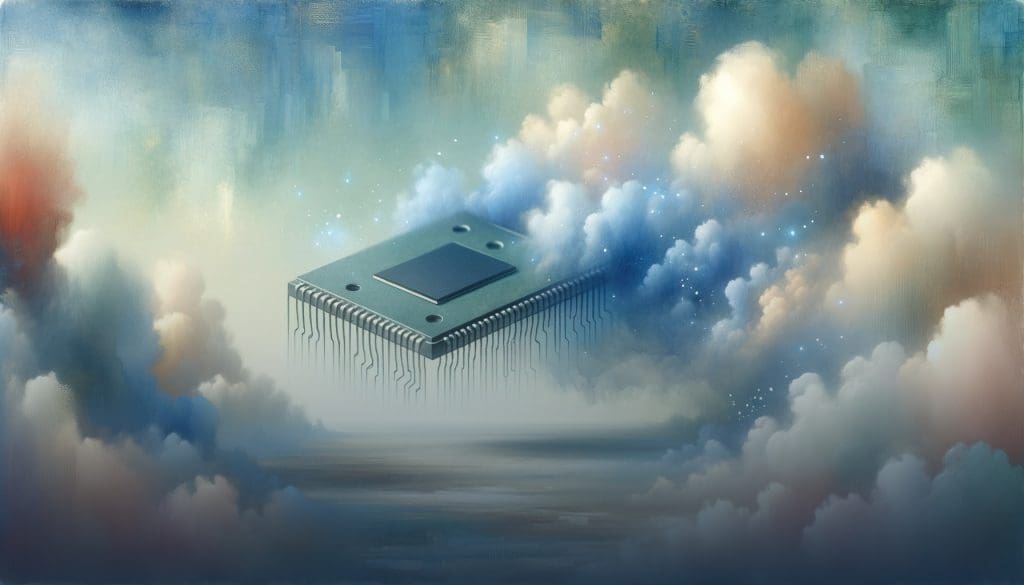Artistic expression has been an intrinsic part of human civilization for centuries, and photography is no exception. It captures moments, evokes emotions, and conveys narratives through the lens of human perception. In recent years, the advent of artificial intelligence (AI) has sparked debates about the potential for machines to replace human creativity. While AI has made impressive advancements in generating realistic images, it falls short when it comes to replicating the essence and depth of human-created art. This article explores the unique qualities of human photography that make it irreplaceable and emphasizes the significance of the human mind in the creative process.
- The Intangible Element of Human Vision:
Photography is not solely about capturing images but also about interpreting the world through a distinct human perspective. Each photographer brings their own experiences, emotions, and storytelling abilities to their work. Human photography is an art form that goes beyond technical precision; it captures the nuances, subtleties, and unique interpretations that arise from the depths of human consciousness. This intangible element is what sets human-created art apart and allows it to resonate deeply with viewers. - Emotion, Creativity, and Intuition:
Photography is not just about the technical aspects of capturing an image; it’s about expressing emotions, telling stories, and invoking a response in the viewer. AI may be able to imitate the technical aspects of photography, but it lacks the creative intuition and emotional depth that only a human mind can provide. The ability to anticipate and capture fleeting moments, convey a sense of atmosphere, and evoke emotions through composition and timing are aspects that remain uniquely human. - Contextual Understanding and Narrative:
Photography is often used as a powerful medium to document and comment on the world around us. Human photographers bring a contextual understanding to their work, making conscious choices to highlight certain aspects or tell specific stories. They possess a cultural, historical, and social awareness that shapes their photographic narratives. While AI can imitate patterns and styles, it cannot replicate the human comprehension and depth of storytelling required to create photographs that reflect the complexities of our world. - The Limitations of Imitation:
While AI algorithms can generate visually appealing and realistic images, they are limited to replicating existing patterns and imitating what they have been trained on. They lack the ability to transcend imitation and create something truly original and thought-provoking. Human photographers constantly push boundaries, experiment with techniques, and break the rules to produce innovative and captivating works of art. The limitations of AI become evident when confronted with the boundless creativity and imagination of the human mind.
AI has undoubtedly revolutionized various industries, including photography, by enabling new possibilities and enhancing certain aspects of the creative process. However, the essence of human-created art remains unmatched. The human mind possesses an unparalleled capacity for emotion, creativity, intuition, and contextual understanding, enabling photographers to produce images that resonate on a deeper level. While AI can imitate and replicate certain aspects of photography, it will never replace the artistry, ingenuity, and human connection that lie at the heart of this captivating form of expression.


